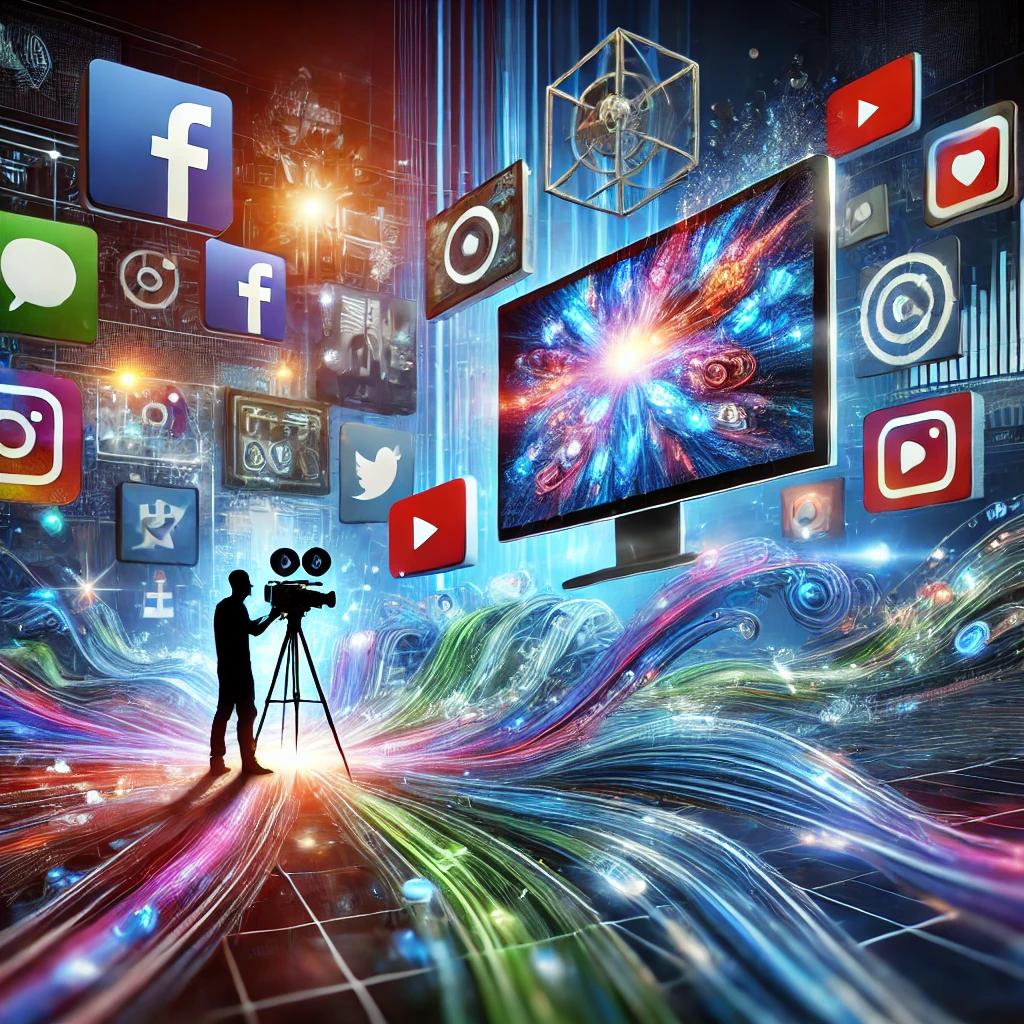Introduction: The Ascent of Video in the Media Scenario
Video content has emerged as the preferred medium for communication and storytelling in an age dominated by screens. Whether it is a 15-second clip on social media or an hour-long documentary, video has revolutionized how information is consumed and shared. Its visual and auditory appeal makes it an unparalleled tool for capturing attention, evoking emotions, and driving engagement.
The Evolution of Video Content: From Television to Digital Platforms
From old television to the digital video platforms of today, audiences have been thrilled by a more realistic and sense-of-life portrayal of stories. Along with this journey came technological and internet advancements that changed the consumption landscape. Platforms such as YouTube, TikTok, and Instagram have democratized video production and enabled a smartphone user to become a creator. This has blurred the line between professional and amateur content and expanded the horizon for creativity and accessibility.
Psychology behind video content engagement
Humans are visual creatures by nature, and video content speaks to this primal connection. The combination of motion, sound, and color stimulates multiple senses, making it more memorable than text or static images. In addition, the narrative structure of videos often elicits emotional responses, which creates a deeper connection with the audience. This psychological resonance explains why video content consistently outperforms other formats in metrics like retention and conversion.
Video: A Cornerstone in Brand Storytelling for Businesses and Organizations
Video content is now at the heart of a brand’s strategy. Videos enable brands to narrate great stories, highlight their products in action, and humanize the message. Whether an explainer video or behind-the-scenes footage, video content can help to create trust and authenticity. With such a competitive market, creating a visually engaging and relatable narrative may be what differentiates one brand from its competition.
Challenges and Ethical Issues in Video Production
Production of video content has its merits, but it also comes with several challenges. The quest for attractiveness causes over-editing or sensationalism of the content. Ethical issues arise when the content makers falsely portray their content with manipulated visuals with the intent of making viewers believe otherwise or invade one’s privacy to make a story. Additionally, electronic waste and high energy consumption in the production of videos raise the need for sustainability in the industry.
The Future of Video Content in an AI-Driven Era
As AI advances, its adoption in video content creation is an eventual affair. AI tools are already changing the game by introducing features such as automated editing, personalized content recommendation, and deepfakes. This revolution is fantastic with respect to innovation and unlimited possibilities; however, there is always a flip side – authenticity and accountability. The future of video content is indeed striking that balance between innovation and ethical responsibility.
Video content in media is the epitome of power as a communication tool, since it’s a medium that keeps changing and influencing culture, commerce, and creativity. The challenge lies with creators and consumers, who must harness this medium responsibly and ensure its continued development for good in our ever-increasingly digital world.



